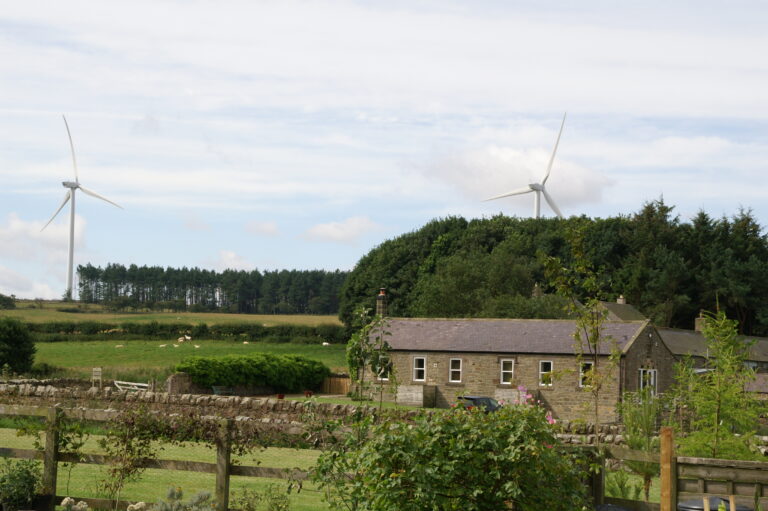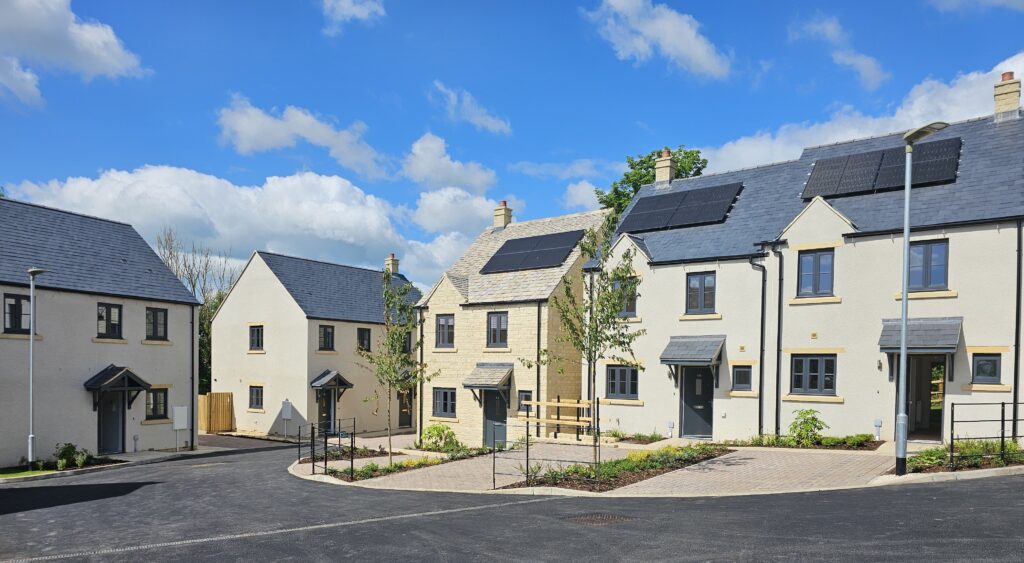As the UK advances towards its Net Zero objectives, electrification becomes pivotal in decarbonizing heating, transportation, and other sectors traditionally reliant on fossil fuels. Rural areas, while integral to renewable energy generation through wind turbines and solar farms, encounter distinct challenges in adopting electric-based technologies like heat pumps and electric vehicle (EV) charging stations. These challenges stem from the complexities of retrofitting older buildings and the logistical hurdles of infrastructure development in sparsely populated regions.
Historically, the deployment of infrastructures such as mobile telephony, fibre broadband, and mains gas has lagged in rural areas due to market-driven approaches, leading to disparities in service provision. This uneven development suggests that while some rural communities are progressing towards electrification, experiences vary, and the underlying factors influencing these transitions remain inadequately understood. The market offers a range of technologies for electricity generation—solar panels, micro-hydrogeneration, wind turbines—and for domestic applications like heat pumps, electric radiators, EVs, and energy storage batteries. However, the adoption rates and integration of these technologies in rural settings are inconsistent.
This project sought to gather expert insights into the challenges and opportunities associatewaswith electrifying rural communities using sustainable energy sources. The research is structured into three phases:
- Expert Interviews: Conducting semi-structured interviews with professionals from energy providers, policy-making bodies, and civil society organizations to explore technical challenges, necessary adaptations for rural residents, and the broader benefits of electrification. An electricity network expert will co-develop the interview framework to ensure comprehensive coverage of pertinent issues.
- Gloucestershire Case Study: Utilizing data from the Office for National Statistics and census information to analyze household-level factors such as composition, property types, heating methods, income levels, health demographics, travel habits, and deprivation indices. This analysis will inform the development of scenarios that support household transitions to electrification, considering the diverse socio-economic landscape of rural Gloucestershire.
- Scenario Testing: Presenting the developed scenarios to a focus group of experts and community focus groups to evaluate their feasibility. Discussions will identify critical barriers, essential enablers, and potential policy interventions to facilitate the adoption of electrification technologies in rural households.
The research culminated in a report that revealed the significant barriers facing rural households in the transition to low-carbon heating and electrification.
Commissioned by Rural England CIC and the National Innovation Centre for Rural Enterprise (NICRE), the study identifies five key themes affecting rural households’ transition to cleaner energy systems:
- Disparate landscape: policy and delivery are fragmented, with participants citing multiple, conflicting priorities with a lack of guidance across all levels.
- Hidden retrofit costs: even when grants are successfully applied for, the funding does not cover all costs attributed to retrofitting rural homes.
- Trust and negative noise: householders’ lack trust in the green technology and its installation due to conflicting information, misinformation, and poor experiences.
- Capacity and supply: skills shortages and a reliance on mono-technology (such as heat pumps alone) hinder adoption.
- Rural nuance: rural factors, including geographic area type, ageing populations, and cultural preferences for traditional heating options, shape decisions.
Discussions with the community in rural Gloucestershire uncovered that many households remain cautious about adopting approaches to electrification due to concerns around cost, disruption, and reliability.
The report recommends that by building trust through consistent, community-based engagement and supporting locally tailored solutions, rural areas can keep up with the transition to cleaner heating. Addressing hidden costs, harnessing the enthusiasm of early adopters and ensuring investment in skills and infrastructure are also key to ensuring the smooth transition.
Dr Natasha Stonebridge, author of the report and Research Assistant at the CCRI, said: “Meeting with the rural community in Gloucestershire allowed for some very open discussions which gave us unique insights into the attitudes towards electrification, including the perception that urban areas are prioritised for investment over rural ones.
“This research comes at a pivotal time as the UK advances towards its Net Zero goals and provides real world implications including the need to develop a language that incorporates the cultural capital of rural communities and not simply a change of utility.”
Melanie Thompson-Glen, Head of Business and Innovation, NICRE commented: “This research in Gloucestershire mirrors what we’re seeing in the North East through our CAIRN project – that successful rural energy transitions must be rooted in community.
“When solutions take local culture, trust and practical challenges seriously, they’re far more likely to take hold. It’s another reminder of the power of community-led innovation in shaping a fair and effective path to net zero.”
CCRI Ref: 2022-130




